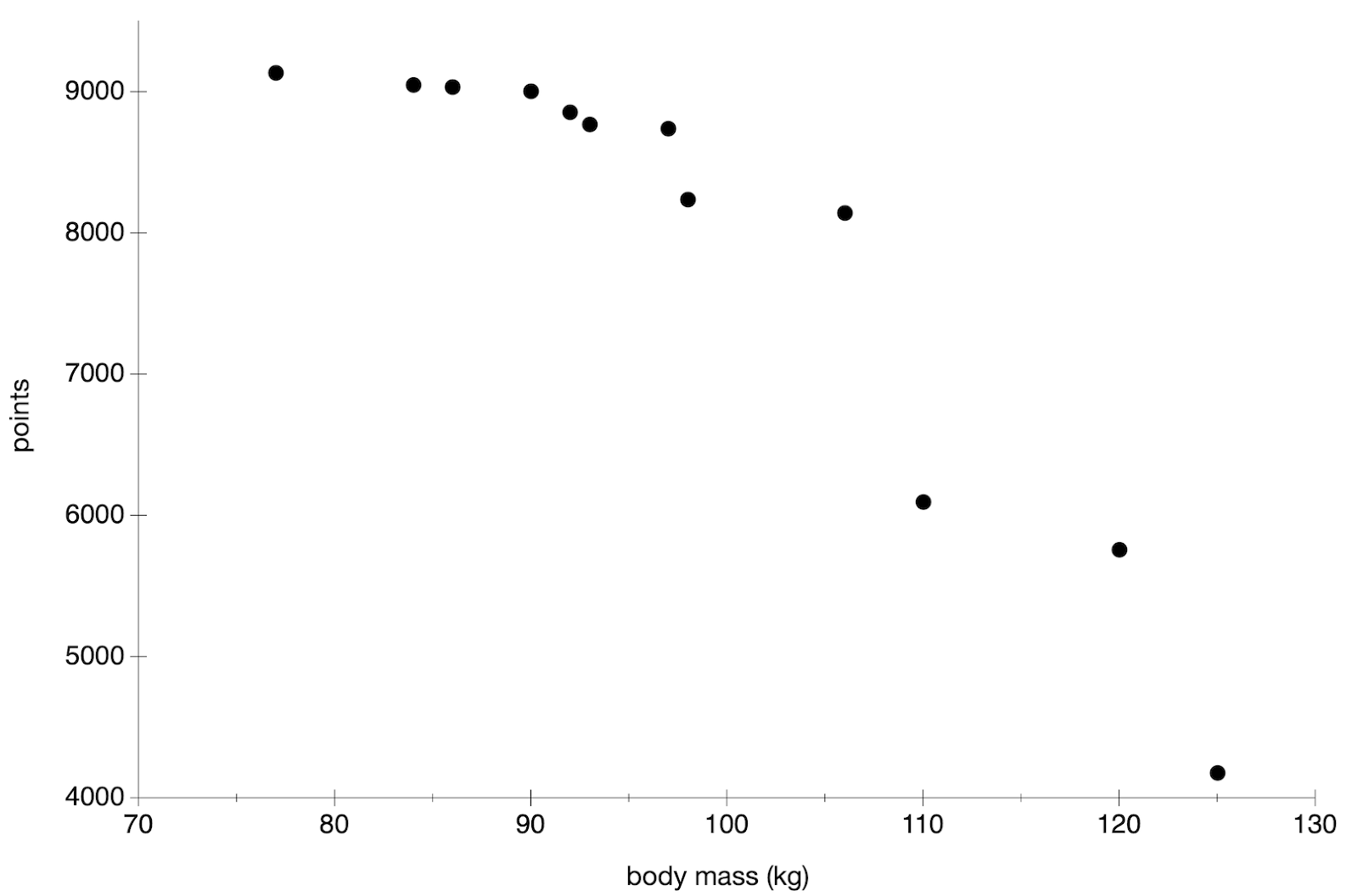Four years ago I published an article entitled "Heavy men running". At that time I had a subscription to D. Harder's "Speed and Strength" newsletter and I had stumbled upon an interesting list of records by bodyweight. I analysed Dale's data and presented my conclusions. A surprising (at least to me) fact was that even overweight men could complete a marathon. If you are intrigued by this I recommend that you go back to that post of mine and get the details.
Since Harder is presenting data not only for track but also for field events I was planning to write an article on them but I was holding back because of the imperial measures. Harder, as most Americans, is working with inches, feet, yards, and pounds, things that are so 19th century. And while I understand that the US do not wish to spend the money and energy in order to switch to the metric system I do not get the use of imperial units in sport. I was dispirited by the idea of having to do the conversions but recently, while tidying up my files, I found the newsletter and decided to stop procrastinating.
The continuous line corresponds to an exponential fit. From the values of the fit parameters one can infer that the gains in the throw length with increasing body mass are minimal for the elite throwers, the longest estimated throw being around 24 m. At the other end of the spectrum, one finds that the throw length goes to zero for a body mass around 35 kg. I don't know if there are adult men, of normal stature, with such a light weight (some women do exist though, weighing even below 30 kg). But situating the zero-throw capability at around that low a body mass is not unreasonable.
There was one list that kindled my interest, that of the decathlon. Here is the figure of performance versus body mass obtained from Harder's data.




No comments:
Post a Comment